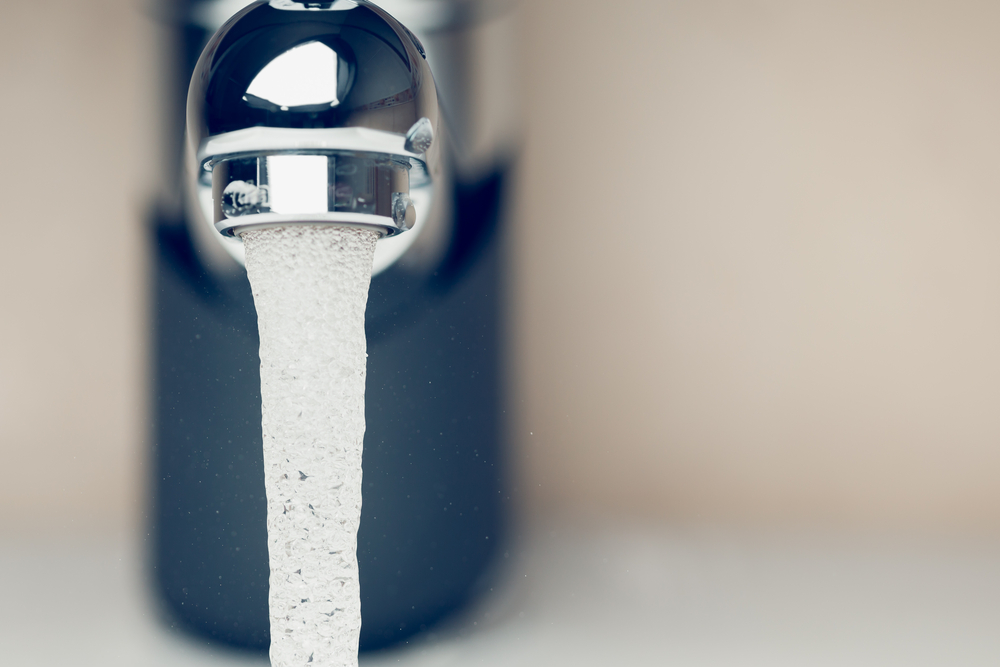Drinking Water Database: Put in Your ZIP Code and Find Out What's in Your Water

What's in your drinking water? Whether you're wondering if your water is safe or just what that weird smell is, a new tool is now available that could help.
The Environmental Working Group (EWG) released its new Tap Water Database today (July 26), a searchable database that allows users in the U.S. to enter either their ZIP code or their local utility's name to learn what's in their tap water. The EWG is an independent advocacy group based in Washington, D.C., that's focused on public health and environmental issues.
The database contains results from testing by the Environmental Protection Agency (EPA) on drinking water from 2010 to 2015, which includes tests on water from nearly 50,000 water utilities in all 50 states and Washington, D.C. In addition, the EWG incorporated results from water tests done by state agencies.
In total, the tests found nearly 270 contaminants in drinking water across the country. Eight of the contaminants, including arsenic and lead, were reported in all 50 states.
Levels of contaminants in drinking water are regulated under the federal Safe Drinking Water Act or under state regulations, and indeed, the EWG found that the "vast majority" of water utilities meet these regulations. [Why Does My Water Taste Like …? Science Explains]
But in many cases, the levels of contaminants that government regulations allow are higher than what current research suggests is safe, the EWG says. The new database provides information on both the government's regulations for contaminants in water as well as recommendations from the latest scientific studies.
For example, the EPA's limit for arsenic in water is 100 parts per billion (ppb). However, the California Office of Environmental Health Hazard Assessment suggests that a safer limit would be 4 parts per trillion (or 0.004 ppb).
Sign up for the Live Science daily newsletter now
Get the world’s most fascinating discoveries delivered straight to your inbox.
For other contaminants, there are no specific federal standards, the EWG says. In the case of chromium-6, which is a form of the element chromium, for example, the government looks only at overall chromium levels, and not all types are harmful. Chromium-6 has been linked to tumors in animal studies, and may also be linked to increased risk of stomach cancer in workers exposed to the compound, the EWG says. Chromium-3, on the other hand, is "mostly harmless."
Chromium-6 was one of the contaminants found in drinking water in all 50 states, according to the database.
To lower levels of contaminants in drinking water, the EWG recommends that people use a water filter. As a part of the database, the EWG also offers recommendations on different types of water filters.
To learn about what's in your drinking water, check out the EWG's Tap Water Database.
Originally published on Live Science.











